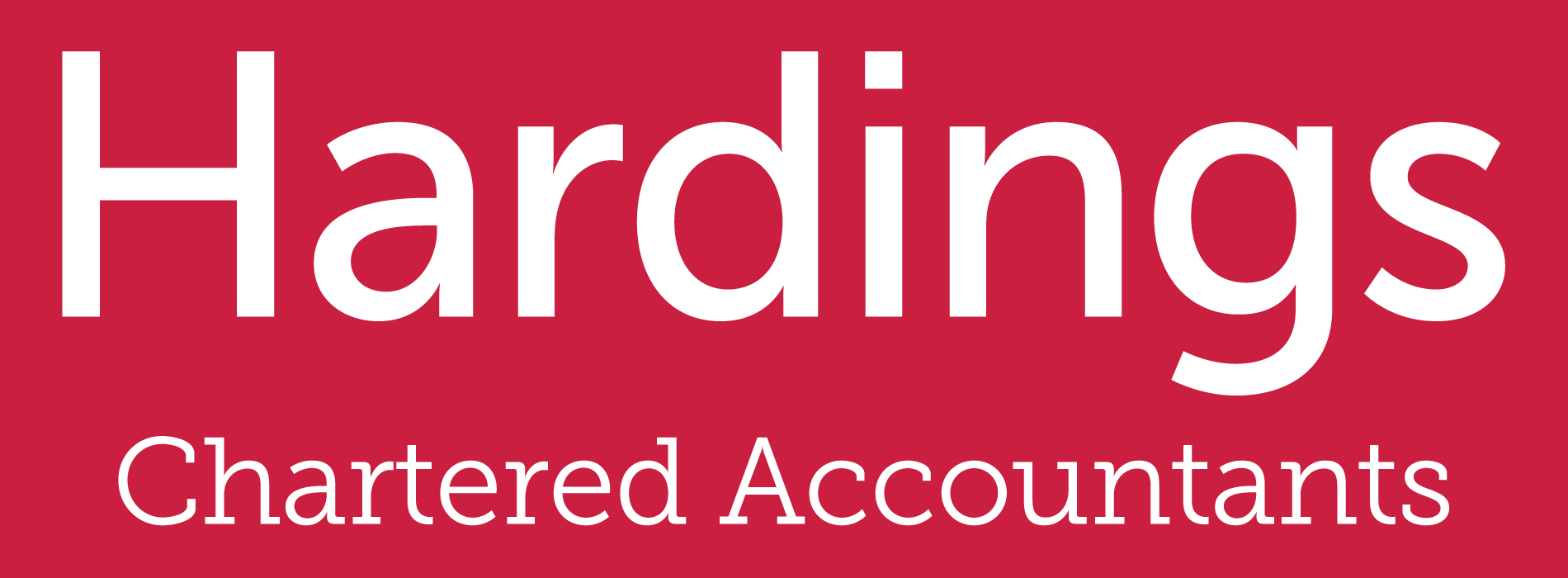Do you have a zero target for your Inbox or are you the victim of an ever growing list of emails?
This post sets out a number of ideas that you may want to consider starting 2025 with an ambition to restore sanity to your email management.
Adopt the “Inbox Zero” Mentality
Aim to keep your inbox as close to empty as possible by the end of the day. Treat your inbox as a temporary holding area, not long-term storage.
Set Aside Specific Times for Emails
Allocate 2-3 dedicated times per day to check and respond to emails. Turn off notifications to avoid constant interruptions.
Prioritise with Rules and Filters
Use your email client’s filtering system to automatically sort incoming emails into folders based on importance or category. Mark newsletters, promotions, and non-urgent messages to skip your inbox and go directly to a specific folder.
Unsubscribe Ruthlessly
Unsubscribe from newsletters or mailing lists you no longer find useful. Use tools like Unroll.me or perform a manual clear-out.
Use Folders and Labels
Create folders or labels for common categories such as “Invoices”, “Clients”, “Personal”, etc. File emails immediately after reading or replying.
The Two-Minute Rule
If an email takes less than two minutes to address, deal with it immediately. For more complex emails, move them to a “To Do” folder or add them to your task list.
Leverage Email Tools and Features
Use tools like Snooze (Gmail) or Schedule Send for reminders and timely replies. Use canned responses or templates for repetitive emails.
Avoid Email as a Chat Tool
If the discussion requires multiple back-and-forth messages, consider a quick phone call or a chat app instead. Keep emails concise to reduce the risk of long, time-consuming threads.
Set Clear Expectations
Let colleagues or clients know your typical response time to manage their expectations. Add an out-of-office or delayed response note if you’re unable to reply quickly.
Regularly Declutter
Spend a few minutes weekly deleting or archiving old emails. Use the search function to find and delete large or unnecessary files clogging your storage.
Use Multiple Email Accounts
Keep work, personal, and subscriptions/emails-for-signups separate. This makes it easier to focus on what’s important in each account.
Limit Forwarding and CC-Ing
Avoid unnecessarily forwarding or CC-ing emails to others, as this can contribute to clutter on both sides. Politely discourage others from CC-ing you unless it’s essential.
Archive Don’t Delete
Archive emails you might need later instead of deleting them. This helps you maintain a clean inbox while still having access to old information.
Use a Task Manager
Convert actionable emails into tasks using apps like Todoist, Trello, or Microsoft To Do. This separates your to-do list from your inbox, reducing mental clutter.
Review Before Logging Off
Spend 5-10 minutes at the end of your day reviewing your inbox. Respond to quick messages and file or snooze what remains.
Final Thought
The key to inbox management is consistency. While these tips may seem straightforward, applying them regularly will help you maintain a streamlined inbox without feeling overwhelmed. A clean inbox not only boosts productivity but also reduces stress, making it easier to focus on more important tasks.
